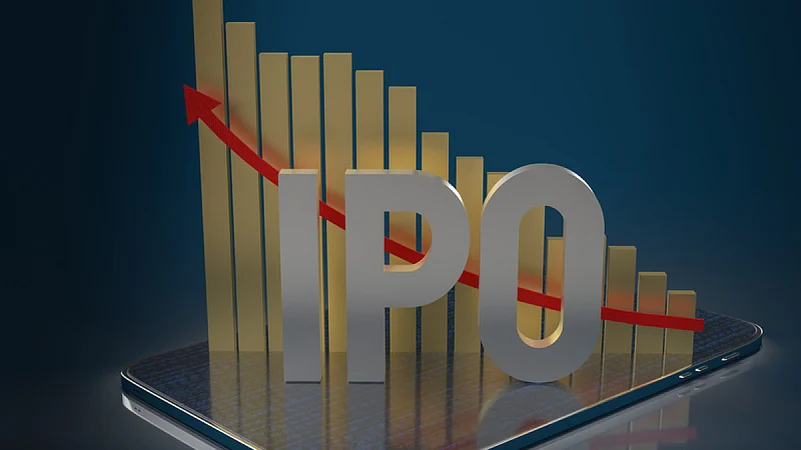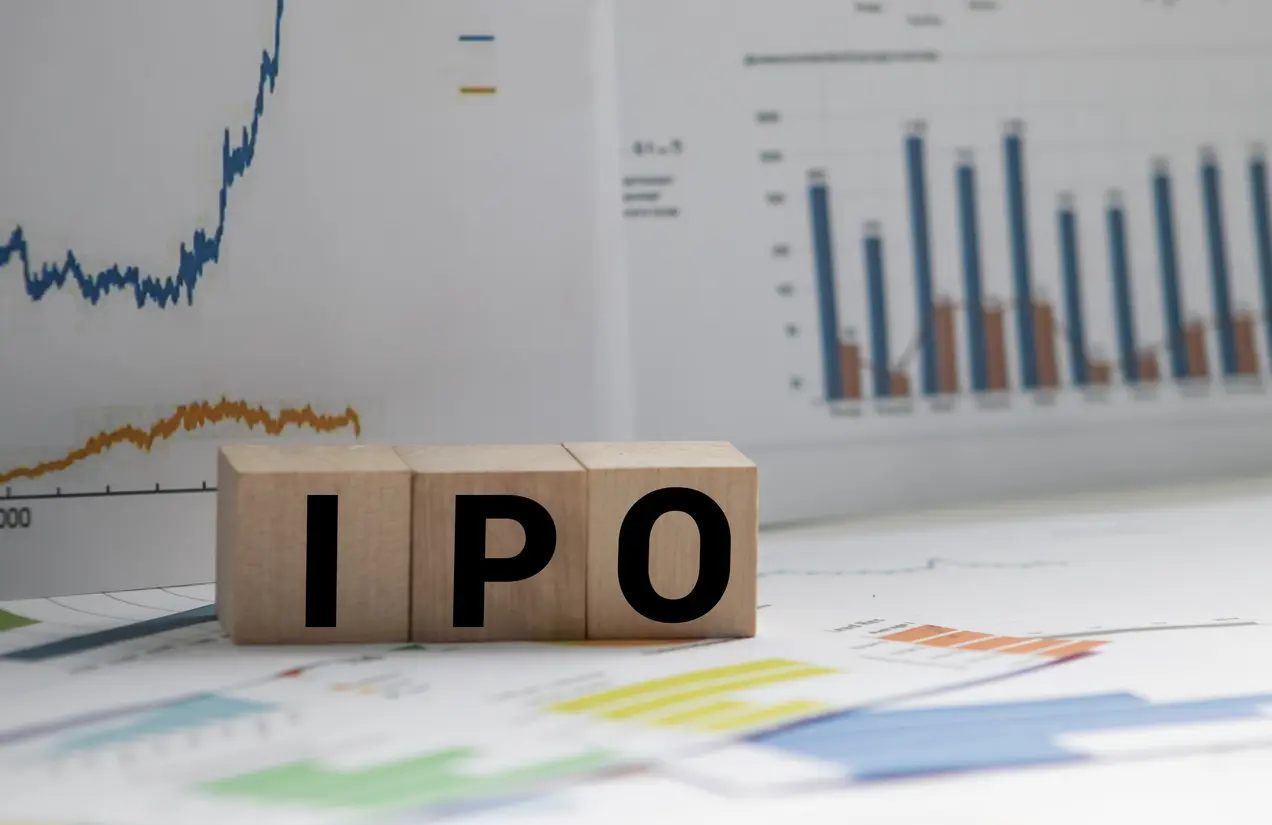The outlook for the IPO market in the US this year is a topic of significant interest for investors, companies, and analysts alike. The Initial Public Offering (IPO) climate in the United States is influenced by various factors, including economic conditions, regulatory changes, and investor sentiment.
Understanding these dynamics is crucial for companies considering going public and investors seeking opportunities in the stock market. In this blog post, we will explore the forces shaping the IPO arena this year and discuss potential trends and challenges.
Key factors impacting the IPO environment

Several key factors play a critical role in shaping the IPO climate in the United States. Economic indicators, such as interest rates, inflation, and GDP growth, heavily influence market confidence. When economic conditions are favorable, investors are more willing to invest in new listings, leading to a robust IPO market. However, when uncertainties or downturns loom, companies may hesitate to proceed with public offerings.
The regulatory landscape also significantly affects IPO prospects. Changes in financial regulations and compliance requirements can either encourage or deter firms from entering the public markets. For instance, easing regulations may lower the barriers to entry, while stricter rules could potentially discourage companies, particularly smaller ones, from pursuing an IPO.
Additionally, geopolitical events and international market conditions can have reverberating effects on the IPO scene in the US. Factors such as trade tensions, political instability, and global market trends can influence both the timing and valuation of public offerings, impacting investor sentiment and engagement with IPOs.
Economic recovery and its implications
The US economy’s recovery post-pandemic plays an essential role in redefining the IPO landscape this year. As economic activities normalize, many firms that delayed their public offerings in previous years might revisit their IPO plans. A strong economic recovery often leads to increased consumer spending, boosting business revenues and enhancing investor confidence in new public listings.
Moreover, recovering industries, especially in technology, healthcare, and renewable energy sectors, could see heightened IPO activity. These sectors are poised for long-term growth, attracting investor interest with promising innovations and business models. Consequently, this environment could lead to more high-profile IPOs, bolstering overall market activity.
The influence of market volatility
Market volatility plays a dual role in the IPO market by both creating opportunities and posing risks. On one hand, periods of high volatility can deter companies from going public due to fears of unfavorable market conditions affecting their stock performance. In such times, entities may opt for alternative fundraising strategies or postpone their IPO plans.
Conversely, volatility can open doors for investors seeking potentially undervalued IPOs that could yield significant returns once market conditions stabilize. Some experienced investors might take advantage of market fluctuations to invest in IPOs with strong fundamentals, anticipating post-listing growth as markets recover.
Emerging trends and opportunities
This year, several emerging trends are reshaping the IPO market in the United States, offering both challenges and opportunities for companies and investors. An ongoing trend is the rise of Special Purpose Acquisition Companies (SPACs), which provide an alternative pathway for firms to go public without a traditional IPO.
Another notable trend is the growing interest in Environmental, Social, and Governance (ESG) criteria within IPOs. Companies that demonstrate strong ESG commitments are attracting more investor attention, aligning with the broader shift toward sustainable and responsible investing. This focus on ESG factors provides a competitive edge for companies in attracting capital and achieving higher valuations.
The role of technology in IPO offerings
The integration of technology in the IPO process is revolutionizing how companies prepare for and execute public offerings. Digital platforms now facilitate more streamlined and efficient processes, from regulatory compliance to investor relations, reducing costs and time for companies going public. This innovation enhances accessibility for a broader range of companies, particularly tech-driven firms.
In addition, technology’s role extends beyond the IPO process into the operations of companies themselves. As tech advancements continue, companies with robust digital infrastructures and innovative tech solutions are more attractive to investors looking for cutting-edge companies that promise growth and profit potential.
Conclusion: navigating the future of IPOs
In conclusion, the outlook for the IPO market in the US this year is shaped by an intricate web of economic indicators, market conditions, and emerging trends. Companies and investors must carefully assess these factors to navigate the complexities of public offerings. By understanding the pivotal elements influencing IPO prospects, participants in the financial markets can better position themselves for success.
As the year progresses, continuous monitoring of economic signals, regulatory changes, and market sentiments will be imperative. By staying informed and adaptable, companies and investors can capitalize on the opportunities within the dynamic US IPO landscape, maximizing potential gains and minimizing risks.

